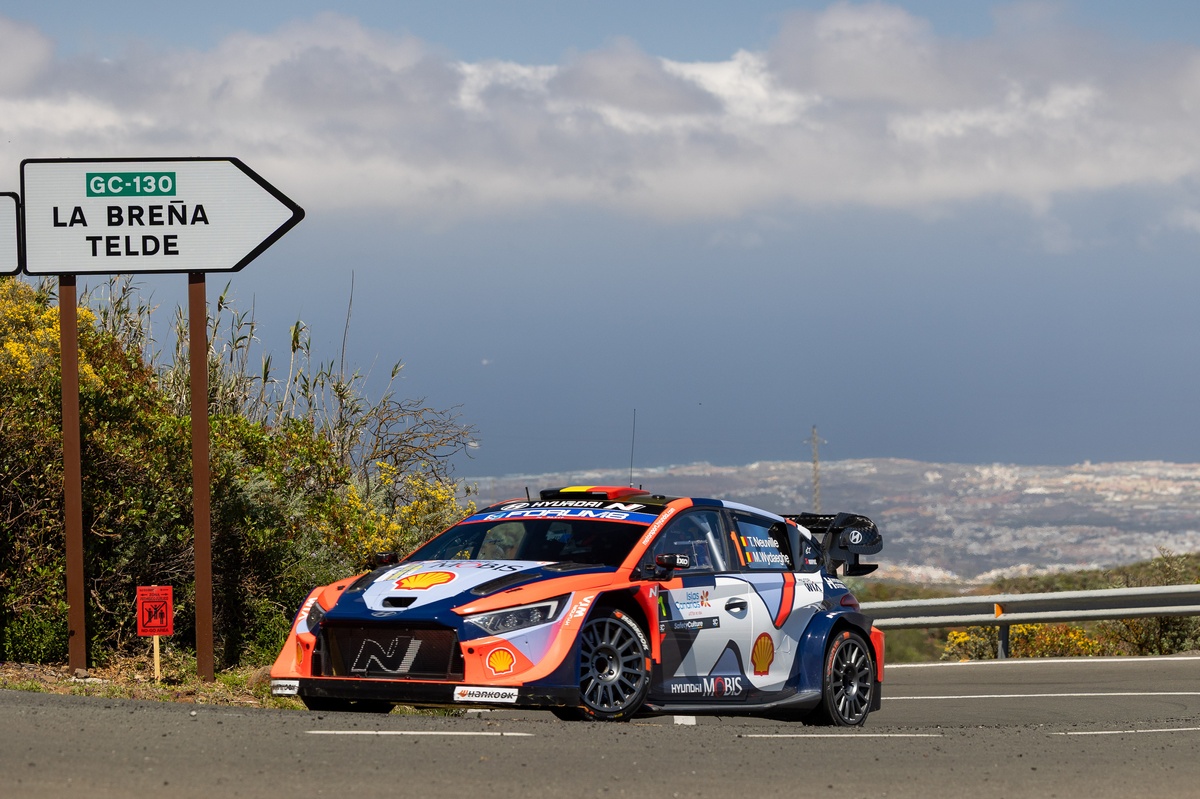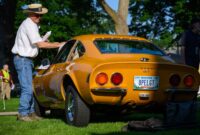Hyundai acknowledges they misjudged the challenges of Rally Islas Canarias, putting them in a position where they must focus on minimizing losses, whereas Toyota has secured the first five positions.
The Korean brand has found itself at a disadvantage after being unable to decipher the keys to achieving high speeds on the smooth tarmac of the Canary Islands’ roads, which will be seeing their first-ever World Rally Championship action this weekend.
Thierry Neuville
,
Ott Tanak
and
Adrien Fourmaux
have not managed to outperform Toyota, as they drove their significantly enhanced 2025 i20 N Rally1 cars on a stage where Toyota excels. By mid-Saturday morning, Fourmaux had performed the strongest among them, securing sixth place with a time difference of 1 minute and 39.7 seconds behind the leading Toyota driver, Kalle Rovanperä. Neuville followed closely in seventh position, trailing by an additional 1 minute and 47.5 seconds, while Tanak held the eighth spot, lagging by 2 minutes and 1.8 seconds.
All Hyundai drivers have experienced problems with balance and grip when using the new Hankook hard tire for the first time, leading to hesitance in pushing their limits. Despite numerous setup adjustments made by the team, there has been minimal improvement, suggesting an underlying problem with the vehicle under these circumstances. In rallying events, WRC teams are restricted regarding modifications; items such as differentials are sealed before the race begins.
“At least we are battling alongside our teammates, which means there’s still something worth striving for; however, that’s all we can manage right now,” Neuville stated.
I’m quite certain our current differentials aren’t up to par for what we require. Sadly, I believe that even with the new updates on this vehicle, it might be feasible to use a distinct differential—something more open and liberated akin to Toyota’s setup. However, regrettably, these were sealed off three years back during homologation, leaving us limited options.
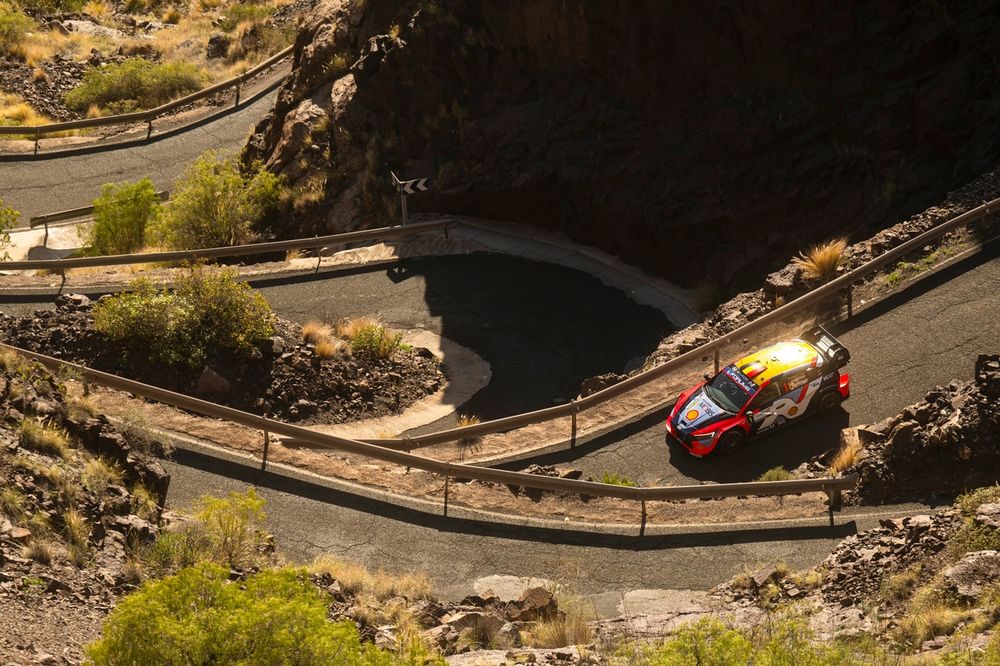
Thierry Neuville, Martijn Wydaeghe from Hyundai World Rally Team driving the Hyundai i20 N Rally1
Photo courtesy of: Red Bull Content Pool
When questioned about his worries regarding the car’s performance for future asphalt races in Central Europe and Japan, Neuville commented: “No, the road conditions are quite specific here.”
It’s an outright automobile performance rally, akin to piloting a Formula 1 vehicle. The quicker the car, the speedier the driver. The roads remain entirely free of stones; they’re pristine. Continuous dry weather with just a slight mist hasn’t truly impacted us. In rallies held in Central Europe and Japan, one could somewhat mitigate issues and excel under challenging, dirt-covered conditions. Thus, I am unafraid.
Hyundai can’t pinpoint precisely what prevents the i20 N from getting comparable performance out of the tires like Toyota does, necessitating a deeper probe once they return to their main offices.
The significant gap behind Toyota has been quite unexpected, considering Neuville generally outpaced Toyota throughout.
Elfyn Evans
When their duo performed a trial run during the Rally Sierra Morena in Spain earlier this month.
When considering the issue, Hyundai Technical Director FX Demaison hasn’t dismissed the possibility of utilizing their last development homologation card if necessary to address the concern.
We’ve experimented with various options using our current resources, but none have led to significant improvements,” Demaison stated. “We’ve reverted to the initial setup. The car has certain components that are sealed, preventing us from extracting the full potential from these tires.
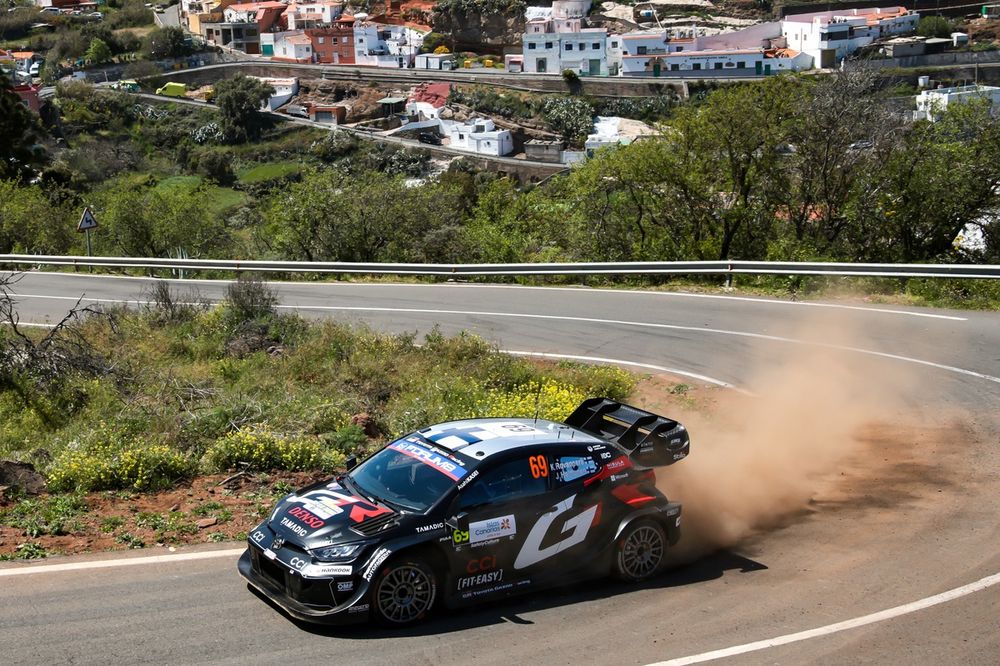
Kalle Rovanperä, Jonne Halttunen, Toyota Gazoo Racing WRTToyota GR Yaris Rally1
Photo by: Toyota Racing
We conducted only minimal tests with these tires, and we also didn’t get to test them here, which might have been an error. We failed to anticipate just how challenging this rally would be.
“Certainly, we are now in damage control mode. We must aim for the highest possible scores and then return to improve our preparation and become stronger.”
Absolutely, we might want to think about playing our final wildcard. Once we assess our position, and determine if using the wildcard can get us to where we need to be, then we’ll go ahead with it. However, I’m uncertain about doing so today.
Read Also:
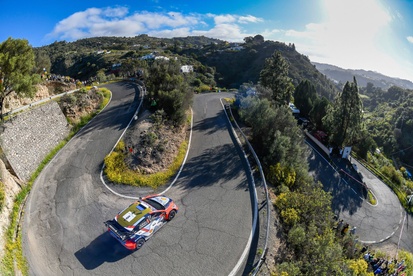
The USA is potentially set to be included in the WRC calendar for 2026.

Rovanperä has discovered “strategies” to enhance pace with the new WRC tires.
On the contrary, Toyota has taken center stage during this weekend’s rally, with a revitalized Rovanperä leading from the front. Having secured victory in the first nine stages, he now holds a commanding advantage of 36.9 seconds over his teammate, Sébastien Ogier.
Championship front-runner Elfyn Evans concluded Saturday morning in third place, trailing by 53 seconds, yet still ahead of his teammates.
Sami Pajari
[+1m16.9s] and
Takamoto Katsuta
[+1m26.0s].
M-Sport-Ford’s
Gregoire Munster
came in ninth after the Hyundai group, with Yohan Rossel completing the top 10 and topping the WRC2 category.

